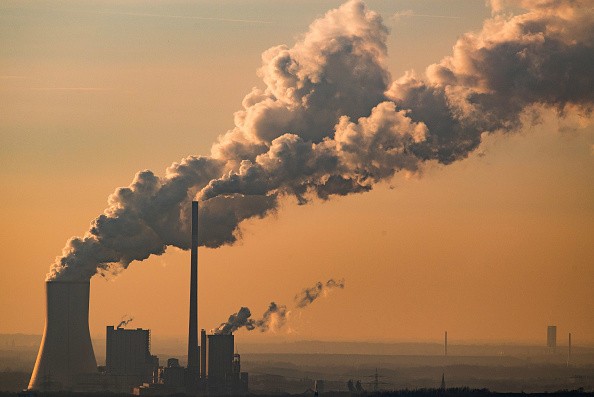A climate-tech business will develop a large-scale facility that will absorb CO2 from the atmosphere. Construction on what might become the world's largest facility to trap carbon dioxide from the air and deposit it underground is set to begin on Wednesday, according to the firm behind the budding green technology.
Climeworks AG, a Swiss start-up, said that its second large-scale direct air capture (DAC) facility would be built in Iceland in 18-24 months, with a capacity of sucking 36,000 tonnes of CO2 per year from the air.
Direc Air Capture

Direct air capture is a method that extracts carbon dioxide from the atmosphere via chemical processes. When air passes over these compounds, they preferentially react with and capture CO2, allowing the rest of the air to flow through. 'The quantity of energy required by direct air carbon capture demonstrates that it is a futile activity.' Removing CO2 from the air directly needs almost as many joules as burning fossil fuel in the first place.
"Mammoth" Plant
The new "Mammoth" plant will have roughly 80 enormous blocks of fans and filters that will suck in air and remove CO2, which will then be mixed with water and injected underground, where a chemical reaction will transform it to rock. A neighboring geothermal energy plant will fuel the procedure.
Climeworks co-CEO Christoph Gebald stated that once this plant is operational, the company plans to create a much larger facility capable of capturing nearly half a million tonnes of CO2 per year and then duplicate many units of that scale supported by project finance by the end of the decade.
Climeworks announced a 600 million Swiss franc ($627 million) fundraising round in April, which helped fund Mammoth. The company also offers some of the world's most costly carbon removal credits, which may cost up to 1,000 euros per tonne, to clients such as Microsoft, Audi, and Boston Consulting Group.
"It's the cost of growing," Gebald said to Reuters. "This is the investment we need to make as a company to move forward."
According to the International Energy Agency, the globe has 18 direct air capture plants. Occidental, a US oil company, also wants to establish a large-scale DAC plant in late 2024 to collect 1 million tonnes of CO2 annually.
Urgency of the Situation
According to the United Nations Intergovernmental Panel on Climatic Change, energy-intensive and costly technologies such as DAC will be required to remove CO2 on a significant scale in the next decades to limit global warming to 1.5 degrees Celsius and avert more severe climate consequences.
Power Source
According to IPCC contributor and Eindhoven University of Technology professor Heleen De Coninck, DAC must be powered by CO2-free energy and should not substitute urgent reductions in greenhouse gas emissions.
"It can backfire if it leads to delaying doing what is essential right now," she warns.
Related Article : Is Air Pollution Deadlier than Climate Change?
For more environmental news, don't forget to follow Nature World News!
© 2025 NatureWorldNews.com All rights reserved. Do not reproduce without permission.





